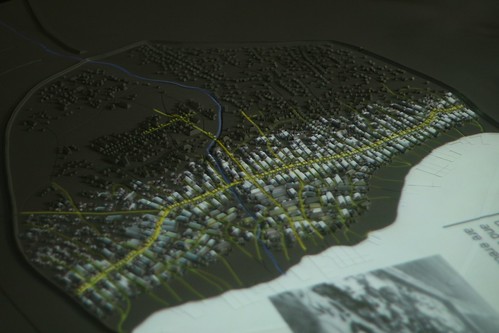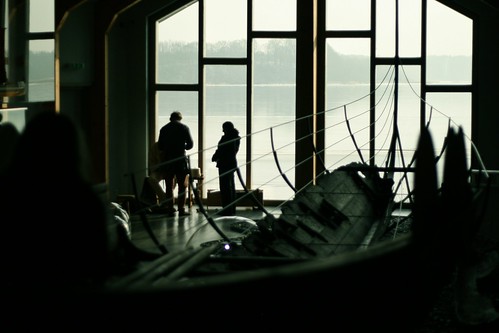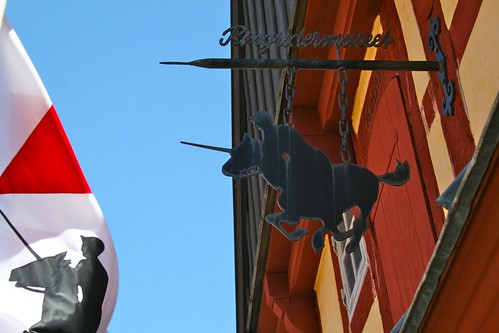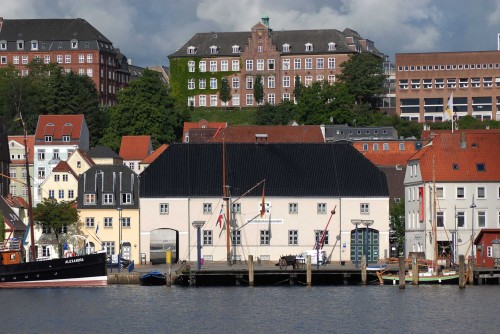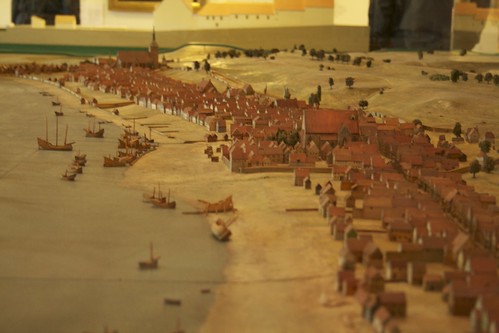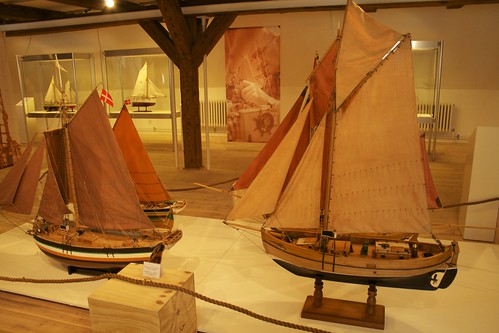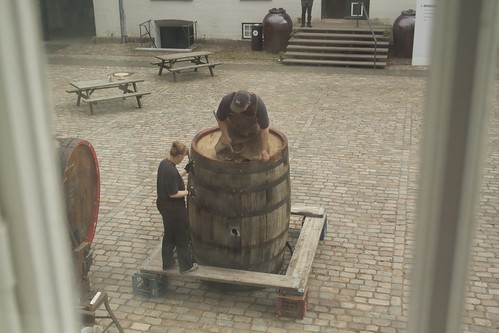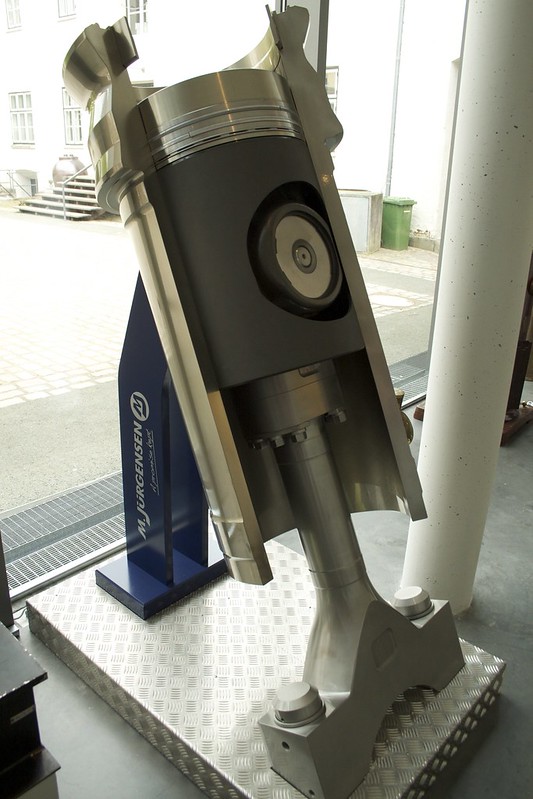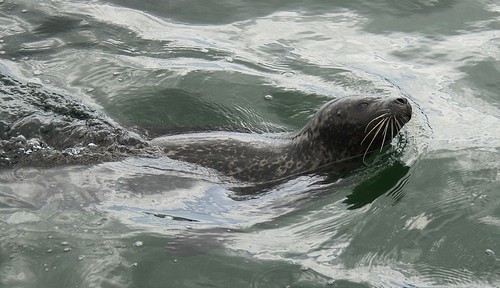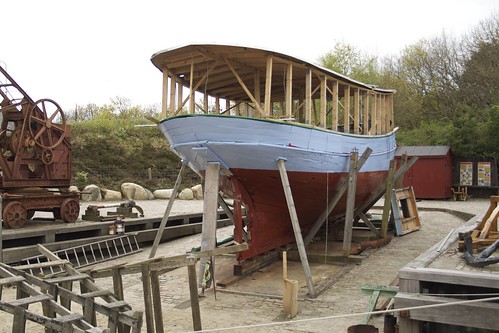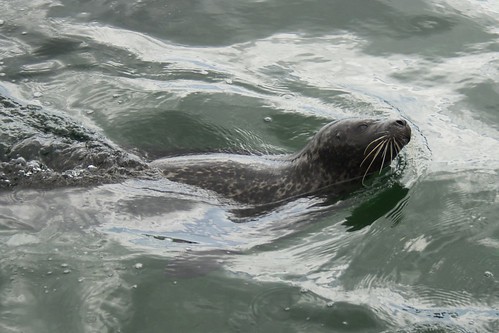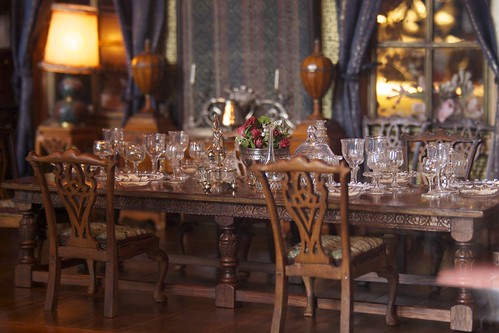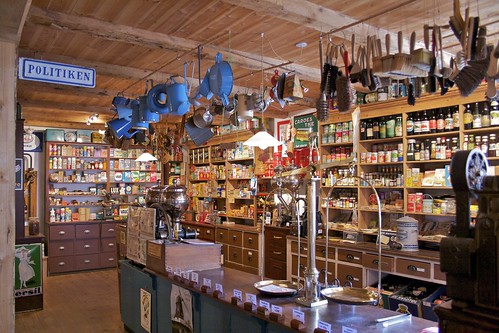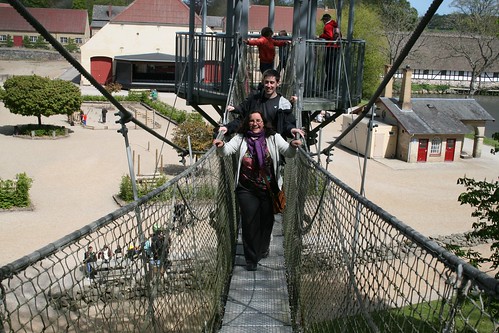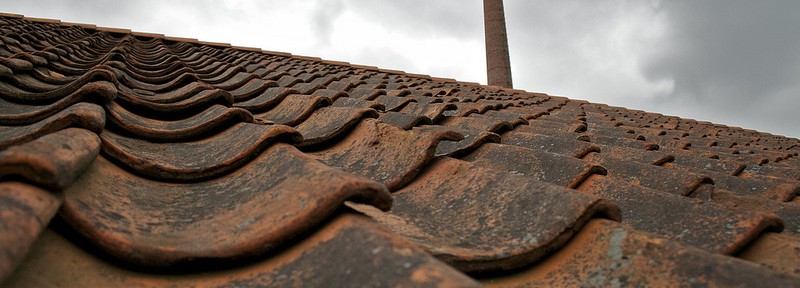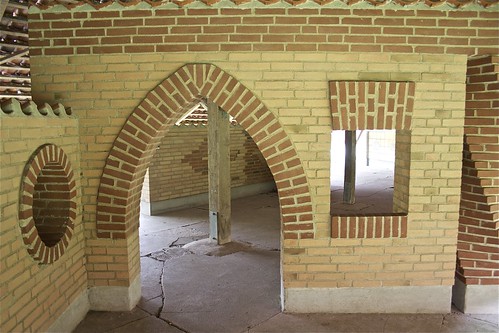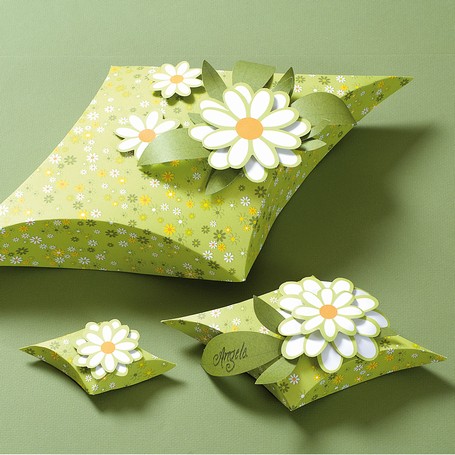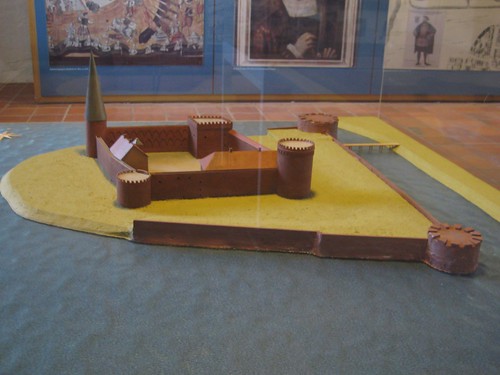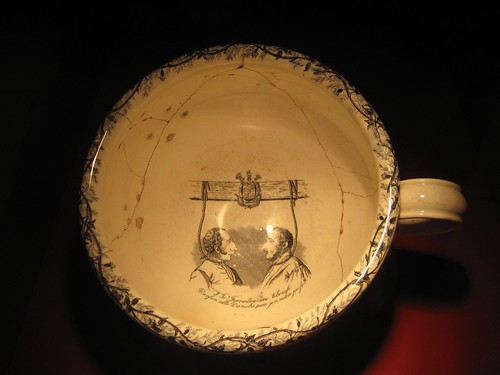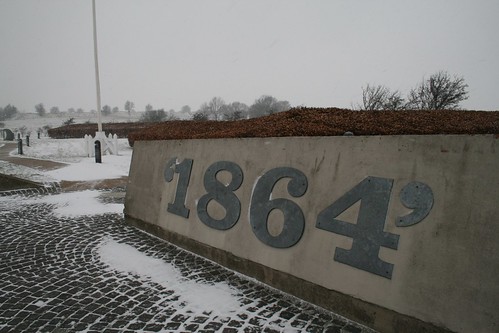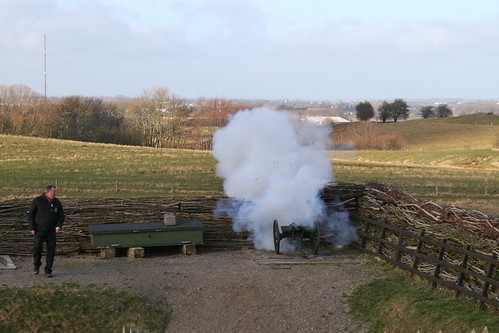Hedeby, also known as Haithabu and variants thereof, was once Northern Europe’s largest Viking settlement, growing largely due to its strategic position at the end of the Schlei fjord. Due to the distance this fjord goes inland into mainland Germany, this point was the narrowest part of the Jutland peninsula. Going round Skagen, at the far north of the Jutland peninsula was a dangerous proposition for seafarers in the past. Therefore they preferred to cross from the North Sea to the Baltic Sea at this point using the rivers connecting the two.
Having control of Hedeby meant that you had control of the North Sea-Baltic Sea traffic, and helped in the development of Hedeby as a major trading town. It was first mentioned in 804 AD and grew significantly in economic power in this period to 1000 AD together with the increasing power held by the Vikings. It was, however, burnt down in 1050 during conflicts between the Danish and Norwegian kings. This was the start of the end for Hedeby.
Over time, the location of the site was lost, until the 1900s when excavation work started in the area. Since the area was never built on and was preserved in waterlogged soils, a significant amount of material survived to the present day. This material is today found in Hedeby Viking Museum, which sits close to the original location of Hedeby, on which there are now a number of reconstructed Viking houses.
We recently visited the museum on a cold winter day. The main museum inside is open, the reconstructed houses outside are not open until spring. You can walk over to the site of the houses and walk along the semicircular mount surrounding the site of the town and made our way back.
The museum is worth a visit in its our right. I have visited quite a number of museums and would say this is one of the better made exhibitions. I liked that, although most of the text was in German, we were given a booklet with the relevant text in English (or Danish). Things were very well signposted with easy-to-follow numbers, meaning that I could spend my time actually looking and reading rather than finding my way around.
Besides excellent explanations there are also some gems of exhibits. I particularly liked the visual exhibit in the first room showing the development of Hedeby from its founding to its downfall. For this exhibit you can select between speak and text in English, Danish and German, for the explanatory text. I thought this was very nicely made, and allowed me to take a break from reading from the booklet.
Another exhibit that deserves special mention is the rune stone. I appreciated the fact that as the text on the stone was being recited, the relevant areas on the stone were highlighted, so you could follow the text on the stone. I always thought that rune stones are read in some complex way, so it was fascinating to realise that the way they are read is not much different to how I would lay text out if I was inscribing words on a stone.
On the day we visited there were also two men dressed in costume in the last room holding a big ship. If you visit and they are there, do go have a chat. They were extremely friendly and happy to explain that they have been building a replica Viking boat. They were sewing the sail on the day we visited. After that, all that is left is to build the mast, yardarm and mast-fish and they are ready to go. The plan is that the boat will be ready for sailing this summer.
It seemed to me that there is a lively community around the Hedeby site, actively striving to improve the experience of the visitors. Schleswig and the museum is just an hours drive from Sonderborg making it within easy reach and well-worth the trip!
Expect to spend two hours for the inside of the museum (if you read the displays). And another hour or two to explore the site and houses outside on foot.
Map of Jutland peninsula with Hedeby by Caravaca



